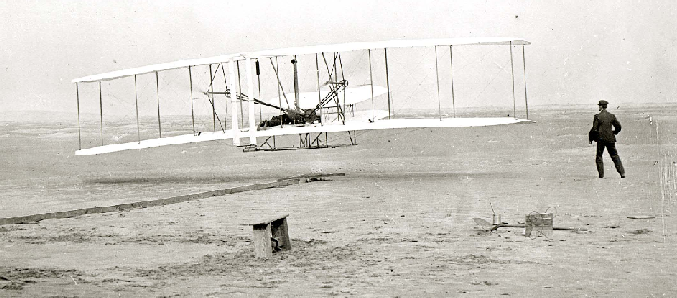
COURSE: MATH 5510 Call # 32987
TIME AND PLACE: 10:25-11:20 MWF in Brooks Gym 306A
INSTRUCTOR: Dr. Robert Gardner
OFFICE: Room 308G of Gilbreath Hall OFFICE HOURS: 1:30--2:30 MW
PHONE: 439-6977 (308G Gilbreath), Math Department Office 439-4349
E-MAIL: gardnerr@etsu.edu
WEBPAGE: www.etsu.edu/math/gardner/gardner.htm (see my webpage for a copy of this course syllabus and updates for the course). For a copy of the advertisement for this course, see
TEXT: Complex Analysis, 2nd Edition, by John Conway.
PREREQUISITE: An undergraduate real analysis class or advanced calculus class. (These classes may act as corequisites with instructor approval.)
ABOUT THE PREREQUISITES: It will be assumed that the student has been exposed to (and has a reasonable recollection of) the topology of R (open and closed sets, limit points, connectedness, compactness, completeness, lub and sup, glb and inf, sequences and series of real numbers [convergence, uniform convergence, comparison tests, Cauchy sequences]), and properties of fuctions of a real variable (continuity, differentiability, power series representation). It is also assumed that the student has been exposed to some elementary properties of the complex numbers (algebra, geometry, roots of unity, modulus).
BACKGROUND: The background material in real variables can be found in:
1. An Introduction to Analysis, by J. R. Kirkwood.
2. Elements of Real Analysis, by Robert Gardner Bartle.
3. A Primer of Real Functions, by R. P. Boas.
GRADING: Homework (H) will be assigned and collected regularly. We will have a midterm and final (T1 and T2) and your average will be computed as follows:
SCHEDULE: Our tentative outline is:
Chapter 1. The Complex Number System: introduction to the complex plane, real and imaginary parts, modulus, polar representation, extended comples plane, Riemann sphere.
Chapter 2. Metric Spaces and Toplogy of C: (in brief) extensions of several ideas from R to C and other metric spaces, open and closed sets, connectedness, sequences, completeness, compact sets, continuity, convergence, uniform convergence.
Chapter 3. Elementary Properties and Examples of Analytic Functions:
convergence and absolute convergence of series, radius of convergence and its determination for a given series, derivative, analytic function, cos z, sin z, branch of the logarithm, Cauchy-Riemann equations, necessary and sufficient conditions for a function to be anlytic, harmonic conjugates, path, smooth path, conformal map, Mobius transformations and properties, cross ratio, symmetric points, orientations of circles.
Chapter 4. Complex Integration: Riemann-Stieltjes integrals, power series, zeros of analytic functions, Fundamental Theorem of Algebra, Maximum Modulus Theorem, winding number, Cauchy's Integral Formula, properties of path integrals, Open Mapping Theorem.
Conformal Mapping and Ideal-Fluid Aerodynamics: preservation of angles, harmonic conjugates, transformations of harmonic functions and boundary conditions, two-dimensional fluid flow, airfoils (Joukowski, Karman-Trefftz), angle of attack, lift.
A NOTE. In commemoration of the centennial of the Wright Brothers first powered flight (which took place on December 17, 1903), we will do something unconventional for a graduate level complex analysis class. We will spend some time discussing conformal mapping (a topic more appropriate for an undergraduate "complex variables" class) and its applications to ideal-fluid aerodynamics. Our references for this study will be Complex Variables and Applications}, 6th edition, by J. W. Brown & R. V. Churchill, McGraw-Hill, Inc., New York (1996) and Principles of Ideal-Fluid Aerodynamics by K. Karamcheti, NY: John Wiley and Sons (1966). Necessary handouts will be given from these texts. Our coverage of this topic will be mathematically rigorous and, as a consequence, will be idealized and perhaps a bit offensive to any engineers in our midst!

HOMEWORK.The following homework is assigned:
Friday, October 31: Test 1 on Chapters 1, 2, and Sections 3.1 and 3.2.
Wednesday, December 11: Final from 8:00 a.m. to 10:00 a.m.
Here is some additional information concerning the course:
Return to Bob Gardner's home page